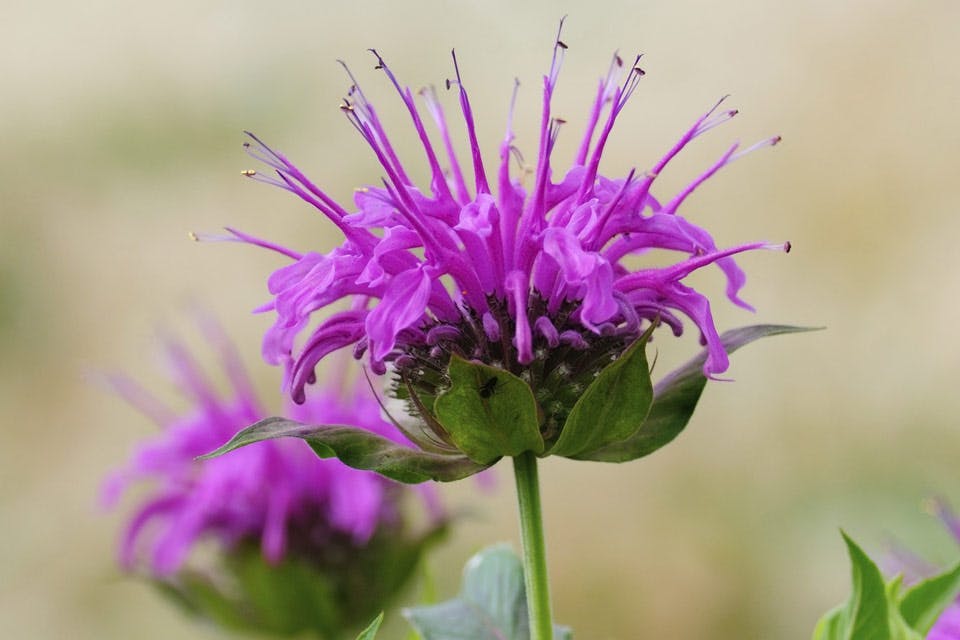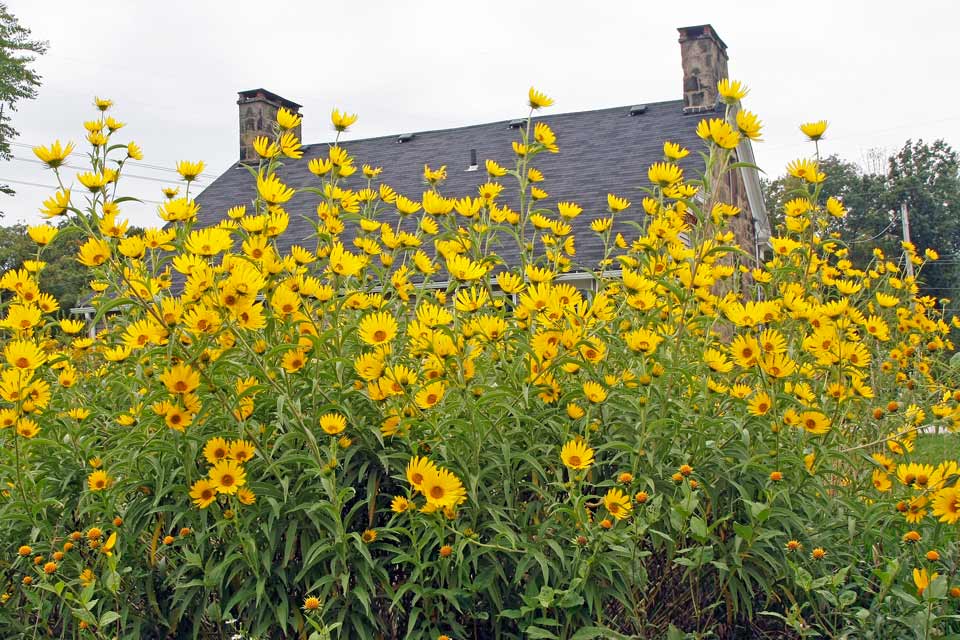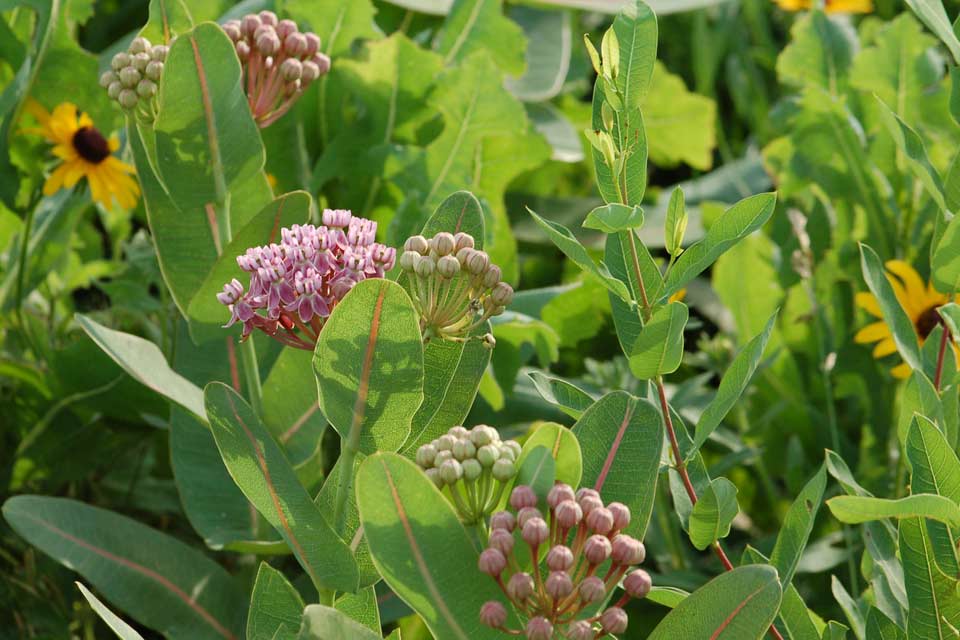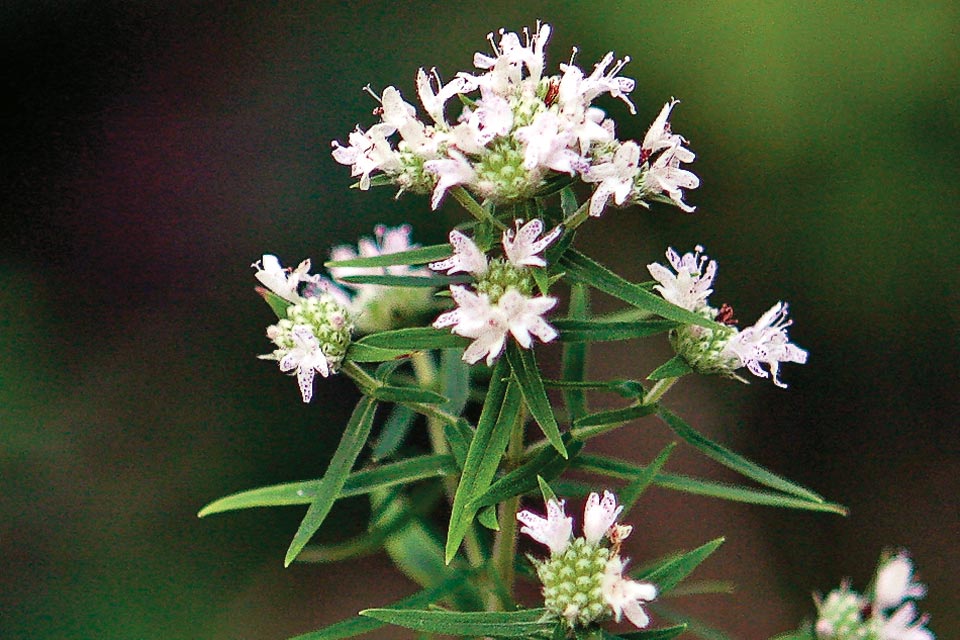Home + Garden
Prairie Inspiration
Ohio’s remaining and re-created grasslands are brimming with fall wildflowers this time of year.
Related Articles
.jpg?sfvrsn=24e8b738_7&w=960&auto=compress%2cformat)
See 500,000 Tulips in Bloom in Granville
Visit Timbuk Farms & Garden Center this April for the the annual Tulip Festival season. READ MORE >>
.jpg?sfvrsn=fc2b738_5&w=960&auto=compress%2cformat)
Grow an Ohio Garden with the Native Plant Backyard Challenge
Make your outdoor space into a haven for birds, butterflies and pollinators this season by taking part in this National Audubon Society program. READ MORE >>
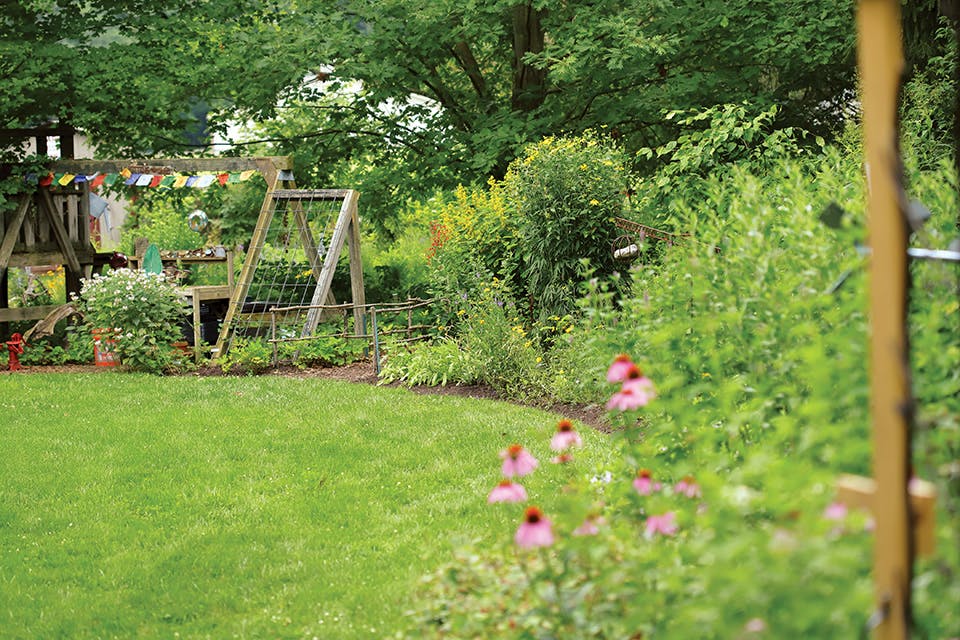
How to Plant a Native Ohio Garden
Terri and Randy Litchfield created a living landscape of native plants outside their Delaware home. Here’s how you can, too. READ MORE >>


